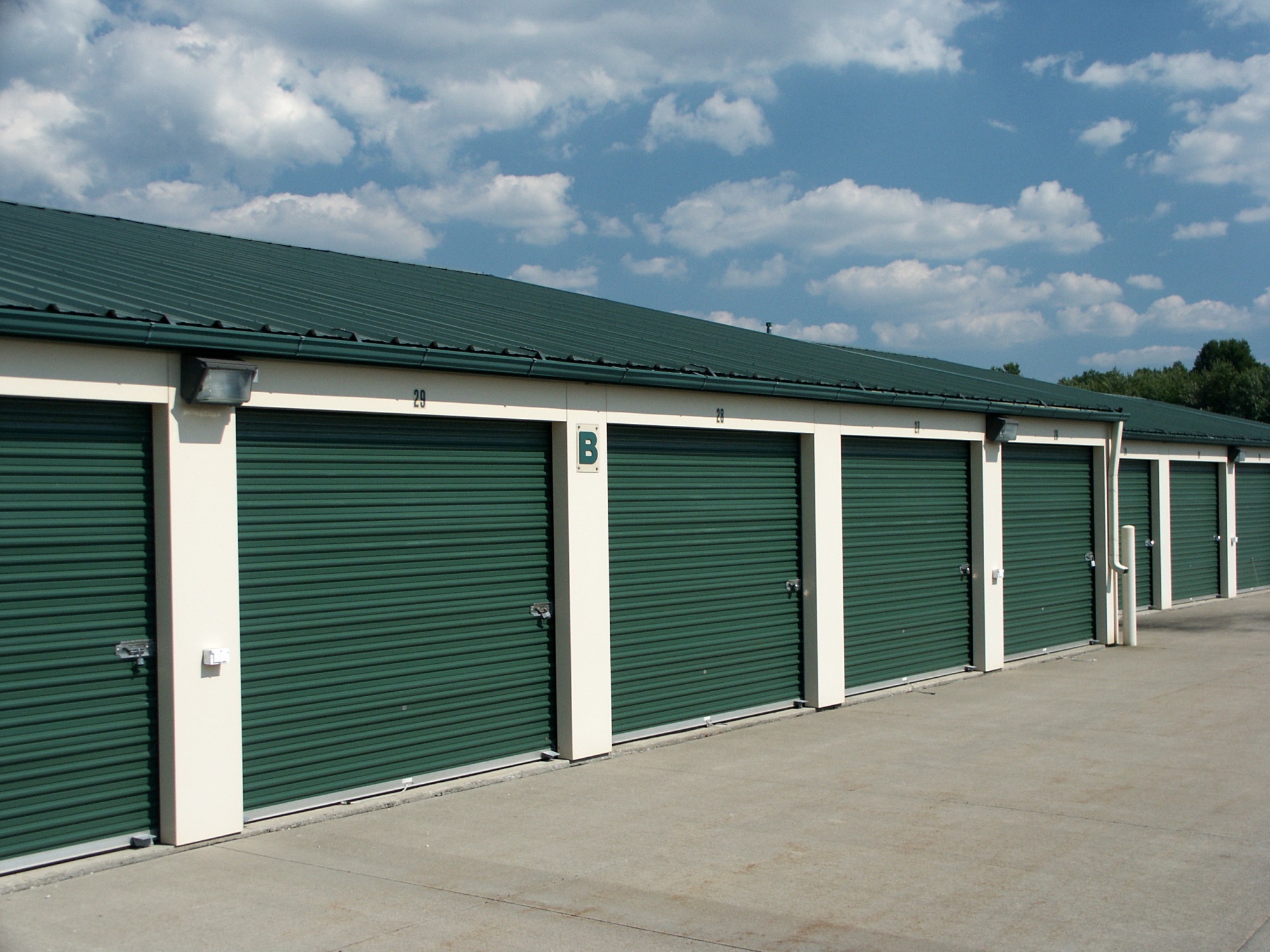Packing for a big move can feel overwhelming, especially if you’ve lived in your current home for many years. From sorting belongings to labeling boxes, a little planning goes a long way toward making the process smooth and efficient. Whether you’re relocating across town or to a new state, the key is to stay organized, avoid last-minute stress, and give yourself plenty of time.
Steps to Pack Efficiently for a Big Move
In this article, we’ll walk you through proven strategies to pack efficiently for a big move, while also addressing some common questions people have before, during, and after the process.
Step 1: Declutter Before You Pack
One of the best ways to reduce the workload is to sort through your belongings and donate, sell, or recycle items you no longer need. Remember, every item you pack adds time and money to your move. By cutting down on unnecessary things, you’ll save on moving costs and reduce unpacking stress.
Step 2: Gather the Right Supplies
Before you start, stock up on the essential packing materials. Having a Moving Supplies Checklist will ensure you don’t forget critical items like boxes, tape, bubble wrap, markers, and furniture covers.
Tip: Always buy more supplies than you think you’ll need. It’s better to have extra boxes than to run out on moving day.
Step 3: Pack Room by Room
Instead of tackling everything at once, focus on one room at a time. Start with less-used areas such as guest rooms or storage closets, then work your way toward daily essentials like the kitchen and bedroom.
Label boxes clearly: Write the contents and destination room on each box.
Use color coding: Assign each room a different color sticker or tape for faster identification.
Keep essentials separate: Pack a small suitcase with items you’ll need immediately, like toiletries, medications, chargers, and a few days’ worth of clothes.
Step 4: Protect Fragile Items
Use bubble wrap, newspaper, or towels to cushion delicate belongings. Plates should be packed vertically, glasses should be wrapped individually, and electronics should be secured in original packaging if available. For high-value items, consider Moving Insurance for extra protection.
Step 5: Optimize Space
Make use of every available space to reduce the number of boxes:
Fill suitcases with clothes, linens, or shoes.
Use baskets or bins as moving containers.
Store small items inside large pots or kitchen containers.
Step 6: Plan Your Timeline
Give yourself at least six to eight weeks to prepare. Spread out packing tasks into manageable daily or weekly goals. If you need to budget your relocation, a Cost Calculator for Moving Estimates can help you plan ahead and avoid financial surprises.
Step 7: Prepare for the First Week
Unpacking takes time, so make sure you have a “first-week essentials box” with items like snacks, towels, bedding, and cleaning supplies. This will help you transition smoothly during the first week after moving to a new home.
Step 8: Stay Organized and Stress-Free
Moving doesn’t have to be chaotic. If you want the smoothest possible experience, create a detailed checklist and timeline. This will help you plan a stress-free move to a new home while keeping everything on track.
FAQs About Packing for a Big Move
How early should I start packing before a move?
Ideally, start six to eight weeks in advance. Begin with items you rarely use, and gradually work your way to everyday essentials.
What should I pack last?
Keep everyday necessities like toiletries, chargers, important documents, and a few outfits for last. These should be easily accessible during the move.
How can I save money on packing supplies?
Check local stores for free boxes, reuse containers you already own, or ask friends and neighbors. However, invest in sturdy boxes for fragile or heavy items.
Should I hire movers or do it myself?
This depends on your budget, distance, and the size of your move. Professional movers offer convenience but come at a cost. If you have the time and help, a DIY move may be cheaper.
Is moving insurance necessary?
If you’re transporting valuable or fragile items, yes. Moving insurance provides peace of mind in case of damage or loss during the move.
What’s the most efficient way to pack clothes?
Use vacuum-sealed bags, rolling techniques, or simply keep clothes in dresser drawers (if movers allow). Hanging wardrobe boxes are also helpful for delicate clothing.
Final Thoughts
Efficient packing comes down to planning, organization, and using the right tools. By decluttering, labeling carefully, and protecting your items, you can turn a stressful move into a manageable task. With the right mindset and preparation, your new home will be ready for you to settle in comfortably.



